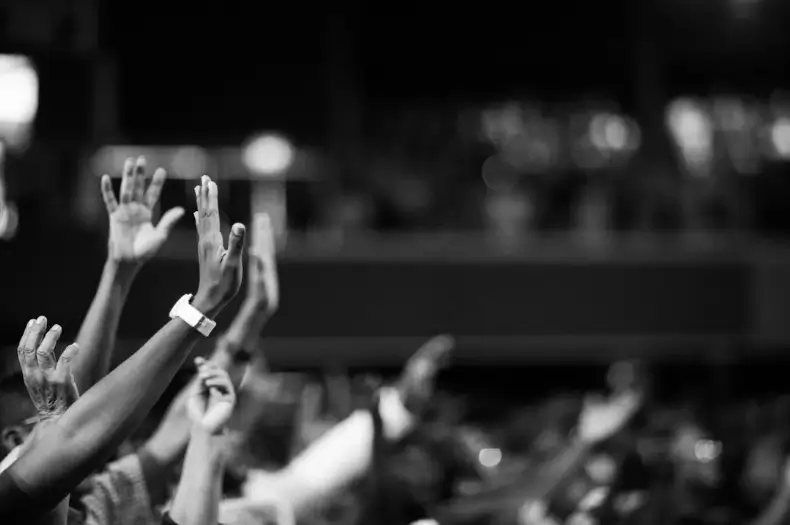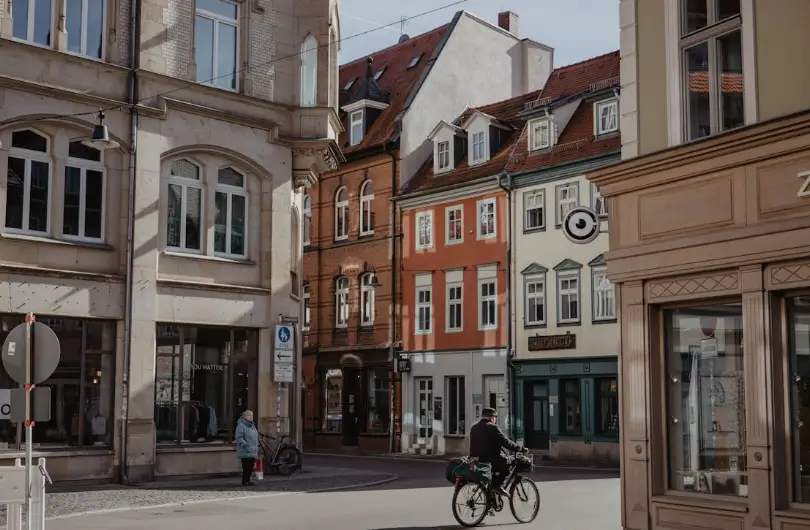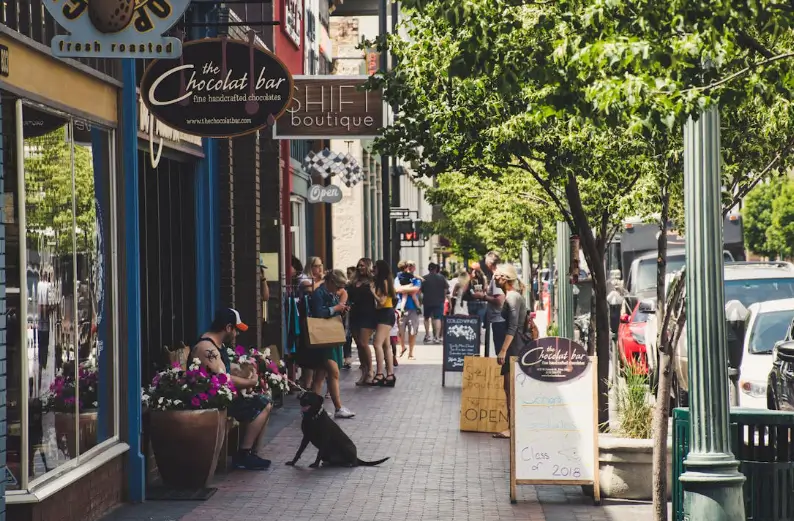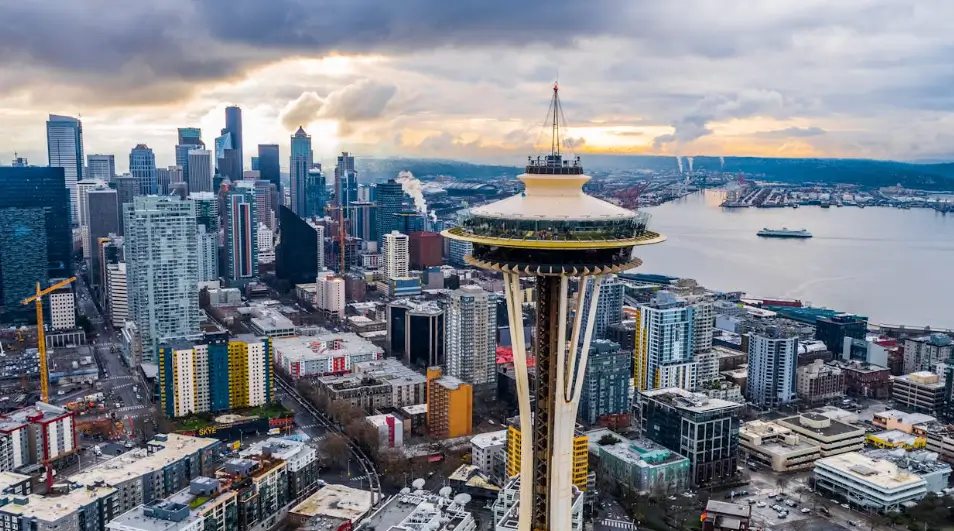Churches as Third Places: What If Sunday Spaces Became Everyday Spaces?
On almost every corner in America, you’ll find a church. Big steeples, tiny chapels, modern boxes, sprawling campuses. For generations, these buildings have been neighborhood anchors. But here’s the thing: most of them sit empty six days a week.
That’s a lot of land. A lot of square footage. A lot of potential.
Meanwhile, the very neighborhoods surrounding those churches are often struggling with exactly what churches say they care about: community, housing, connection, belonging. We need places to gather, eat together, work together, and live together.
And right in front of us sit some of the most underutilized spaces in the city.
.webp)
The Problem: Sacred Spaces, Empty Places
Churches usually peak on Sunday mornings. People fill pews, parking lots overflow, and fellowship halls buzz with coffee and donuts. But by Monday, the place is quiet again. Sanctuaries stay dark, classrooms stay locked, parking lots stay empty.
This isn’t always a matter of unwillingness. Many churches would love to open their doors more often, but zoning codes and outdated ideas about “religious use only” get in the way. Local ordinances might forbid them from hosting a daycare, opening a coffee shop, or even renting out their hall for coworking or concerts.
So what we get is a paradox: cities full of churches claiming to serve their communities, while their buildings serve no one most of the week.
The Opportunity: Third Places in Disguise
Sociologists talk about “third places” — spaces that aren’t home (first place) or work (second place), but where community life actually happens. Cafés, barber shops, parks, libraries. The places where you bump into neighbors, hear gossip, debate politics, or simply feel like you belong.
What if churches could be third places again?
Think about it. They already have the bones:
- Kitchens and fellowship halls that could double as cafés or co-op kitchens.
- Classrooms that could host afterschool programs, ESL classes, or job training.
- Parking lots that could turn into farmers’ markets or affordable housing sites.
- Sanctuaries that could be used for concerts, civic forums, or art shows.
Most churches sit in walkable neighborhoods, right where people live. They have history. They have presence. They just need vision...and zoning flexibility, to become more than single-use spaces.
.webp)
Examples Already Happening
Some churches are already experimenting.
In Washington D.C., one church partnered with a nonprofit developer to build affordable apartments right on its property. In Atlanta, another opened its sanctuary during the week as a coworking space. Across the country, churches are starting community gardens, hosting farmers’ markets, and renting their space to neighborhood groups.
It’s not a brand-new idea. Historically, churches were the third place. In many towns, the church was where you held meetings, threw potlucks, hosted concerts, and cared for neighbors. It was where social life and civic life met. Somewhere along the way, zoning codes narrowed the definition. “Religious use only” meant anything beyond worship was frowned on or outright forbidden.
But when churches step back into that bigger role, you can see the shift. They stop being weekend destinations and start being everyday neighbors.
The Bigger Vision: Shalom in Practice
Churches love to talk about shalom — the biblical vision of peace, justice, and wholeness. But shalom is not an abstract sermon topic. It’s spatial. It’s economic. It’s lived.
Imagine if churches measured their success not only by attendance on Sunday, but by how alive their buildings were on Tuesday afternoon. Imagine if sanctuaries doubled as civic halls. Imagine if parking lots were redeveloped into affordable housing instead of asphalt deserts. Imagine if the church’s idea of “serving the community” meant actually serving them — with space, food, education, housing, and connection.
This is planning language wrapped in spiritual clothing. The built environment is theology with bricks and mortar. You can preach about loving your neighbor, or you can design a building that actually makes it possible.

The Pushback
Of course, some will bristle. “But a church is holy!” “But we need the parking lot!” “But what if people spill coffee on the carpet?”
Yes, there are tensions. Balancing sacredness with openness isn’t easy. Not every congregation is equipped to become a landlord or café operator. And yes, some churchgoers prefer to keep things simple and separate.
But cities are groaning under the weight of housing shortages, loneliness epidemics, and declining civic life. It’s hard to justify locking up prime space for 160 hours a week and opening it for two. Holiness doesn’t have to mean emptiness.
What Planners Can Do
This is where urban planning comes in. Planners can:
- Adjust zoning codes so churches can add housing, run businesses, or host civic uses without endless variances.
- Offer incentives for adaptive reuse partnerships.
- Encourage community benefit agreements where churches redevelop property with neighbors in mind.
- Highlight success stories to inspire congregations and city councils alike.
Planners can’t manufacture faith, but they can remove barriers that keep churches from serving as neighborhood anchors again.
Takeaway
I’m not saying every church should open a Starbucks in its foyer or bulldoze its building for apartments. But I am saying this: if churches really want to embody “God with us” in their neighborhoods, they can’t stay locked away until Sunday.
We need third places. We need spaces where people can belong without buying a drink or signing a lease. We need gathering spots that outlast trends and survive culture wars. Churches already exist, right in the heart of our neighborhoods. They already hold land and space that most cities are desperate for.
The question isn’t whether they can step into that role. The question is whether they will.
%20(1200%20x%20237%20px)%20(300%20x%2059%20px).webp)
.webp)




